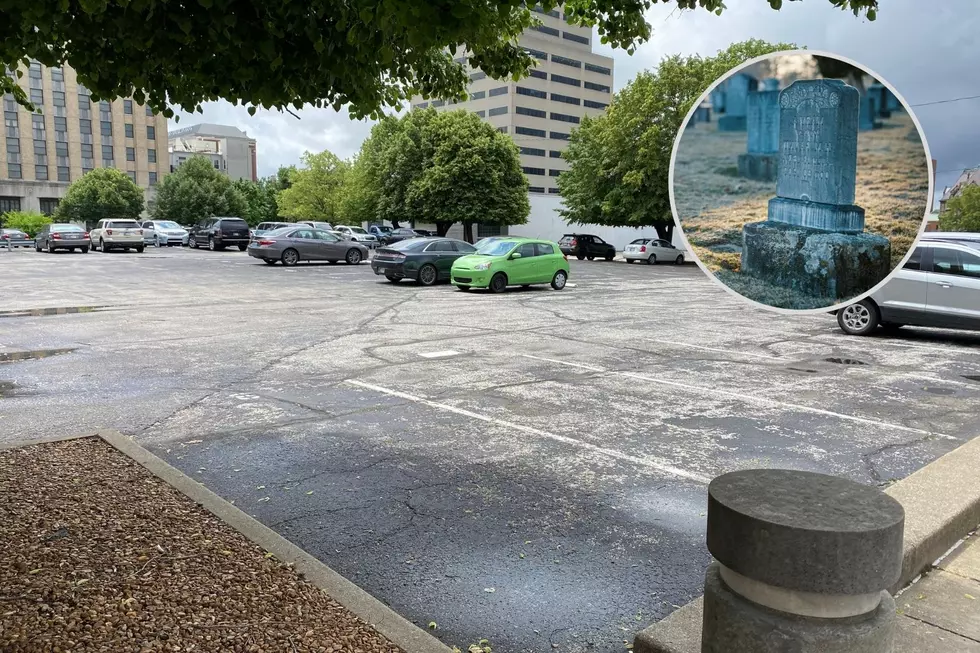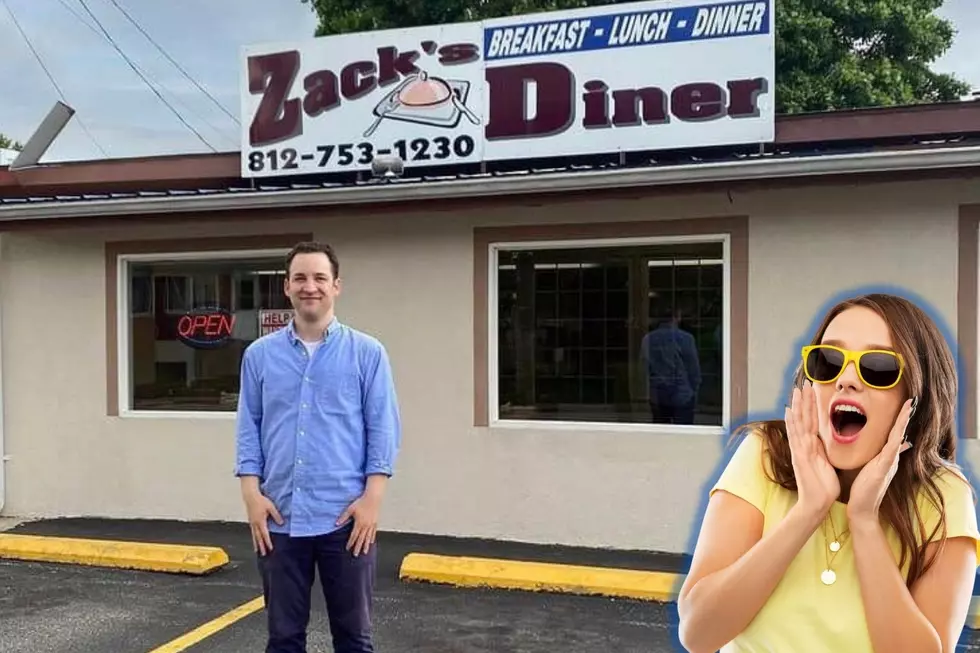
Wife of Indiana City Founder Buried Under a Parking Lot
A few blocks east of the Ohio River in downtown Evansville sits a parking lot. On the surface, it looks no different than any of the other many parking lots that dot the downtown landscape. Chances are, if you're a resident, you've driven or walked past this lot on many, many occasions. You may have even parked in it a time or two to attend an event. But, beneath its cracked, blacktop surface, this lot is unlike any other.
Parking Lot at the Corner of 4th and Vine Streets was Once a Cemetery
The City of Evansville was founded in 1812 by Hugh McGary, Jr. who initially called the slightly over 440 acres he purchased (the area now known as downtown) McGary's Landing. Five years later, in 1817, in an effort to attract more people to his river town, he renamed the land Evansville after Colonel Robert M. Evans, an officer in the War of 1812 who went on to serve in the Gibson County legislature.
McGary reserved one of those 440 acres as a cemetery for the purpose of being the final resting place of the city's early residents. One of which would be his own wife, Mary.

According to John M. Graybill in the "I Grew Up in Evansville, Indiana" public Facebook group, years after her death, the construction of a church began at the intersection of what is now 4th and Vine Streets. As workers began to dig out the ground for the foundation, they found a woman's body and determined it was that of Mary McGary based on her red hair. While the reason is unknown, it was determined her body would remain in its final resting place and that the church's foundation would be built over her. Fast forward an unknown number of years, the church was torn down and replaced with the parking lot that remains there to this day with Mary's body still lying beneath.
A Historical Marker is Dedicated
In 2019, the Captain Henry Vanderburgh Chapter of the National Society Daughters of the American Revolution dedicated a plague recognizing the historical significance of the area. Pictured above, the plague is posted across the street from the parking lot on the lawn of the Old Courthouse.
The inscription reads:
Located in the vicinity of N.W. Fourth and Vine Streets, this cemetery is the earliest documented cemetery in Evansville-ca. 1816-1829. In the 1818 donation enlargement to Evansville, Colonel Hugh McGary, Jr. reserved a one-acre parcel here for a cemetery. Buried here are McGary's wife Mary "Polly" Anthony McGary and two of their children, Amandah F. and an unnamed child, as well as other early Evansville residents. Though some may have been moved, many still lie in unmarked graves. We now recognize this as the final resting place of our honored pioneers.
Pretty wild, right? That's just one of many interesting facts about our hometown. Check out several more you may not have known in the list below.
[Sources: Brittanica / Posthouse Evv / John M. Graybill via the "I Grew Up in Evansville, Indiana" Public Facebook Group]
25 Hidden Evansville Secrets That May Blow Your Mind
See How Downtown Evansville Has Changed Over the Years
More From WGBFAM









